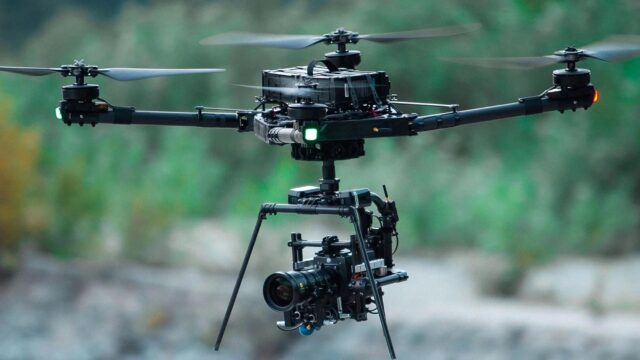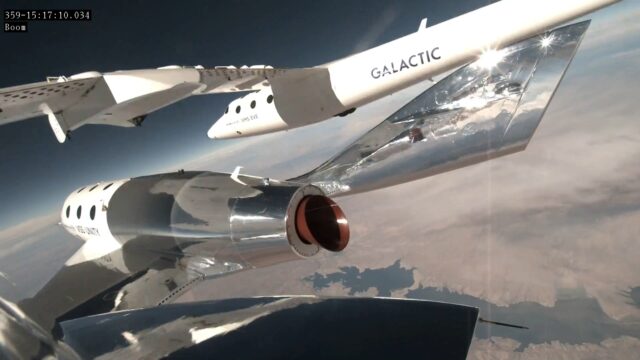Lockheed Martin launches fourth weather satellite
A Lockheed Martin advanced weather GOES-U satellite was launched successfully from NASA’s Kennedy Space Center on 25 June.
The satellite was flown into space by a Space X Falcon Heavy…
June 26, 2024

A Lockheed Martin advanced weather GOES-U satellite was launched successfully from NASA’s Kennedy Space Center on 25 June.
The satellite was flown into space by a Space X Falcon Heavy rocket and has since deployed its large solar array to generate electrical power as well as establishing communications with mission operators.
The satellite was built for the National Oceanic and Atmospheric Administration (NOAA) and is the last satellite in NOAA’s Geostationary Operational Environmental Satellites (GOES) – R series of four satellites.
After it reaches geostationary orbit, approximately two weeks after launch, GOES-U will be renamed GOES-19.
Once in operation over the East Coast of North America the satellite will be known as GOES East, and will provide advanced weather imagery, atmospheric measurements and real-time mapping of lightning activity, in addition to critical space weather observations.
Lockheed Martin GOES-U program manager and director of Geo Weather Programs Jagdeep Shergill said: “The launch of GOES-U is the culmination of more than 16 years of designing, building and launching four important weather satellites for our nation.
“Since the launch of the first GOES-R satellite, our nation has had more accurate weather forecasts and more timely severe storm warnings and this critical service has positively affected everyone in the US.”
NOAA’s GOES-R satellites, and soon GOES-U, provide crucial data for weather forecasting, severe storm tracking and climate monitoring.
With their advanced instruments and rapid updates, they improve detection of atmospheric phenomena like hurricanes, wildfires and lighting.
This real-time data aids the National Weather Service and meteorologist in early warnings, disaster preparedness and resource management, ultimately saving lives and mitigating economic losses.
The GOES-U spacecraft features two high-tech instruments built by Lockheed Martin’s Advanced Technology Center in Palo Alto, California.
The Geostationary Lightning Mapper (GLM) is a first-of-its-kind operational lightning mapper that tracks lightning across the US in real-time.
GLM allows meteorologists to quickly identify intensifying storms and take appropriate action.
In 2020, GLM captured a lightning megaflash nearly 500 miles long that broke the world record for longest lightning flash.
Meanwhile the Solar Ultraviolet Imager (SUVI), focuses on space weather and measures the sun in extreme ultraviolet wavelength range.
SUVI is essential to understanding active areas on the sun and predicting solar events that may disrupt power utilities, communication or navigation systems here on Earth.
GOES-U is the final satellite of the GOES-R series which will provide critical weather and climate data into the 2030s.
















